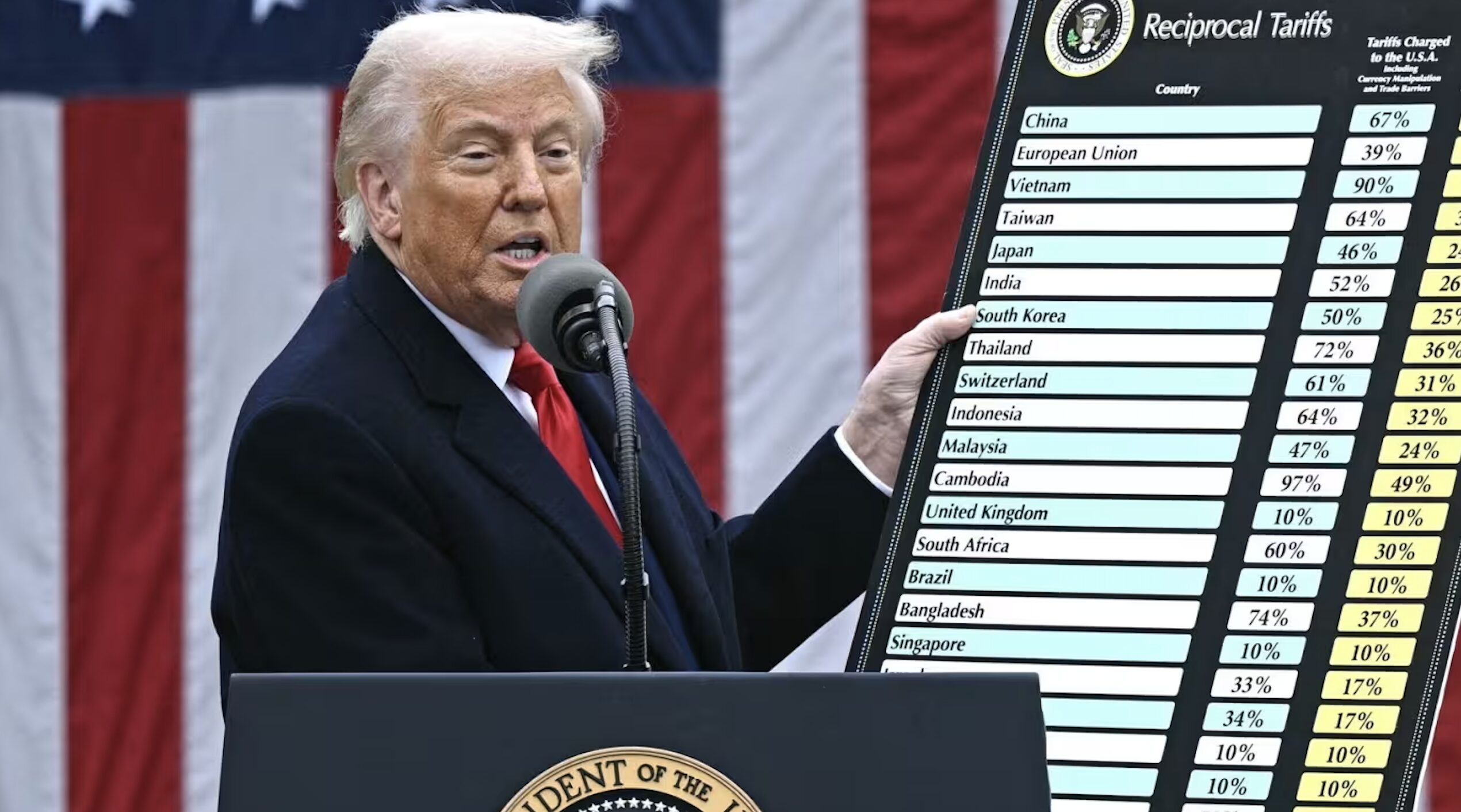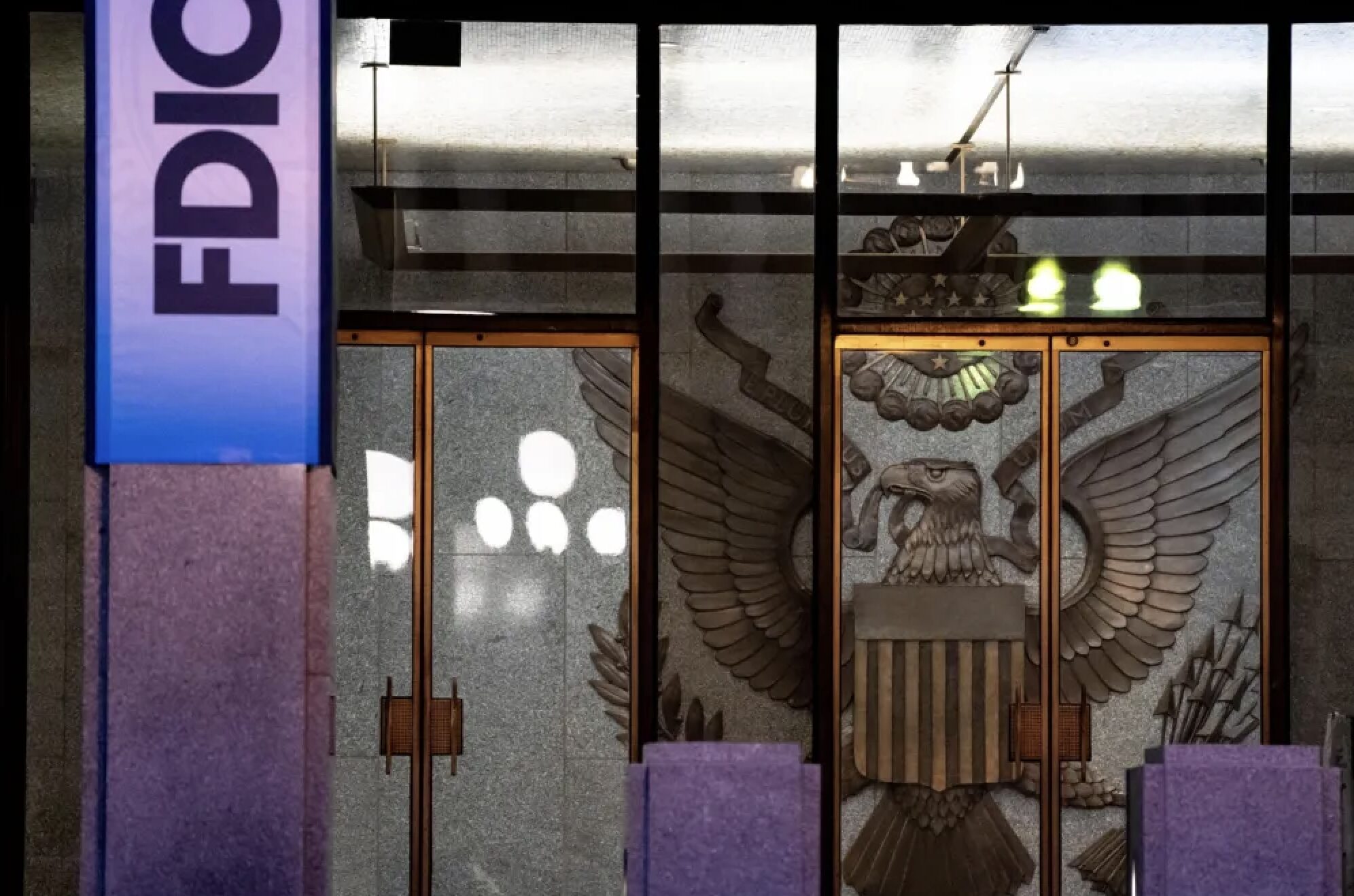Promoting competition is a laudable goal, one that President Joe Biden has rightly made a priority for his administration. Yet in its efforts to apply Biden’s directive in the banking industry, the Federal Deposit Insurance Corporation could well achieve the opposite result — and deepen the anticompetitive moat that already surrounds the country’s largest financial institutions.
Citing the president’s July 2021 executive order on competition, along with concerns about financial stability and industry concentration, the FDIC has requested public comment on its approach to bank mergers, a first step toward writing new rules. Specifically, it focuses on midsize banks, asking whether institutions with more than $100 billion in assets should be required to demonstrate that proposed combinations would be neither systemically unsafe nor anticompetitive. It notes that the number of U.S. banks has declined to 5,000 from more than 12,000 in 1990, and that the number of banks with assets exceeding $100 billion has risen to 33 from just one.
The rationale for targeting midsize banks doesn’t stand up to scrutiny. For one, the rising number of $100-billion-plus banks should come as no surprise, given that the nominal value of all banking assets has increased to $24 trillion from $3.4 trillion in 1990 (so $100 billion is just 0.3% of total industry assets). Also, asset size alone is a poor indicator of systemic risk. Under global standards, it accounts for just 20% of a bank’s systemic importance score, alongside interconnectedness, complexity, substitutability and global reach. A large regional bank that takes deposits and makes loans poses much less of a threat to the system than a smaller global bank involved in complex derivatives, securities and prime brokerage.
Worse, the FDIC’s initiative fails to address the market dominance of the largest U.S. banks. On the contrary, by discouraging mergers, it would prevent midsize banks from gaining the scale needed to compete. As a result, the biggest banks — the top five of which have seen their share of industry assets increase to 57% from just 10% in 1990 — would likely become even more concentrated and systemically important.
It’s not even clear why new rules are necessary. Regulators and the Justice Department already have ample authority to block harmful mergers, under the Bank Merger Act and Bank Holding Company Act. They have traditionally exercised their power uniformly across the industry, regardless of bank size. The Dodd-Frank Act further requires that they weigh a merger’s effects not only on competition, but also on financial stability.
If the FDIC and other bank regulators are worried that too many banks are becoming systemically important, or “too big to fail,” the best response would be to make them less likely to fail by increasing requirements for loss-absorbing equity capital. Studies have shown that capital exceeding 10% of assets significantly reduces the probability of failure, yet leverage ratios among the largest banks remain in the 6% range. Requiring added capital would both enhance financial stability and create a hurdle for systemically important mergers, without shielding already dominant banks from competition.
Recurring bailouts of the largest banks have created the perception that they enjoy favored status. Instead of reinforcing that perception with new merger rules, regulators should apply current antitrust standards consistently and vigorously across all institutions, while demanding the financial strength required to protect the whole system.
Thomas Hoenig was vice chair of the Federal Deposit Insurance Corp. from 2012 to 2018.
Sheila Bair was chair of the Federal Deposit Insurance Corp. from 2006 to 2011.







